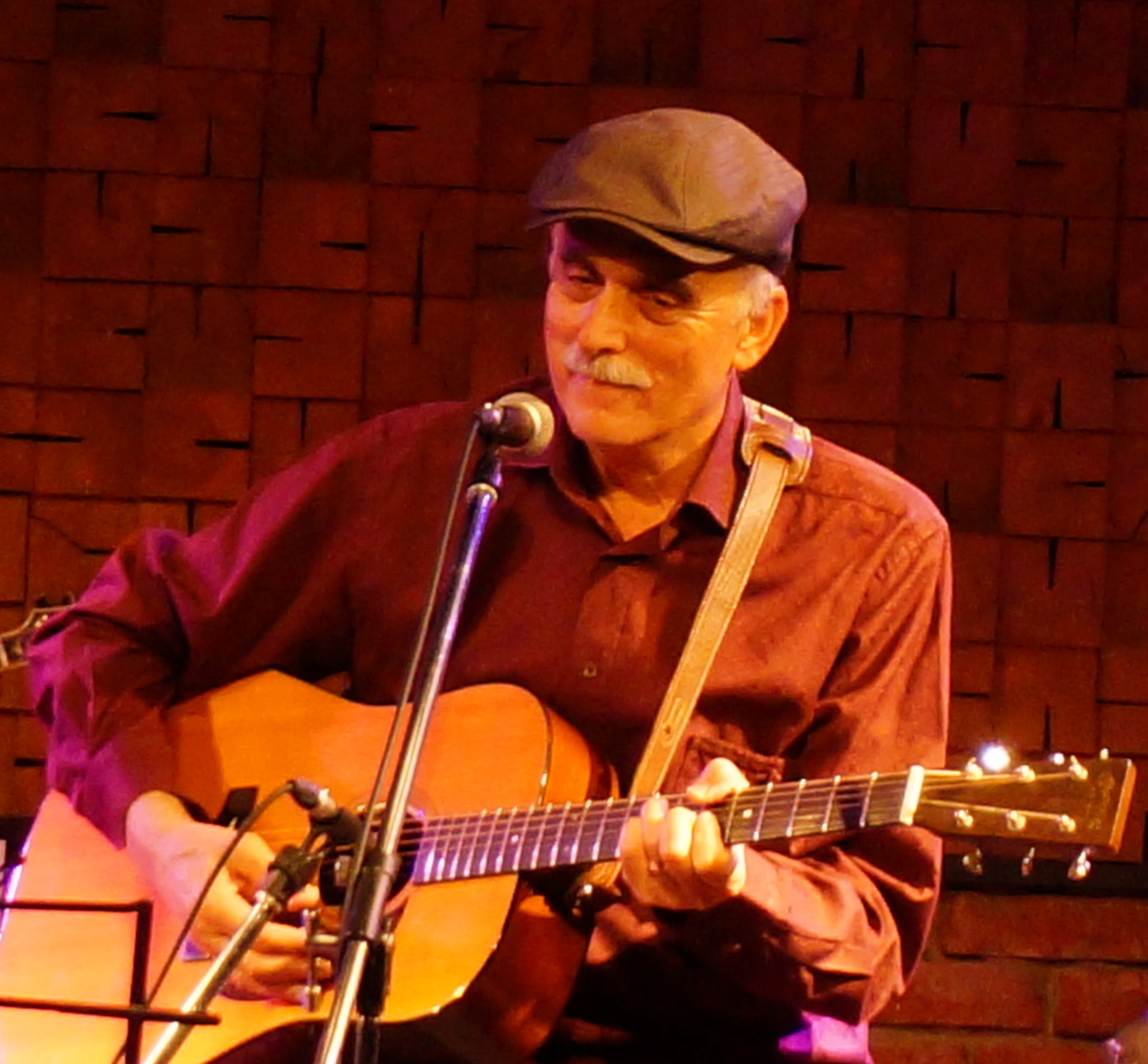

In 1973 The New England Ragtime Ensemble (then a student group called The New England Conservatory Ragtime Ensemble) recorded The Red Back Book, a compilation of some of Joplin's rags in period orchestrations edited by conservatory president Gunther Schuller. In 1971 Joshua Rifkin brought out a compilation of Joplin's work which was nominated for a Grammy Award. A more significant revival occurred in the 1950s as a wider variety of ragtime styles of the past were made available on records, and new rags were composed, published, and recorded. First in the early 1940s, many jazz bands began to include ragtime in their repertoire and put out ragtime recordings on 78 rpm records. Ragtime fell out of favor as jazz claimed the public's imagination after 1917, but there have been numerous revivals since the music has been re-discovered. Ragtime piano scott joplin the entertainer 1902.For at least 12 years after its publication, "Maple Leaf Rag" heavily influenced subsequent ragtime composers with its melody lines, harmonic progressions or metric patterns. 1868–1917) became famous through the publication of the "Maple Leaf Rag" (1899) and a string of ragtime hits such as "The Entertainer" (1902), although he was later forgotten by all but a small, dedicated community of ragtime aficionados until the major ragtime revival in the early 1970s.

Ragtime was also a modification of the march made popular by John Philip Sousa, with additional polyrhythms coming from African music. The composition was published in 1895 but released in 1896. His first ragtime composition "You've been a good old wagon but you done broke" helped popularize the musical genre. Ben Harney, who is also a Kentucky native has often been credited for introducing the music to the mainstream public. The term is actually derived from his hometown "Shake Rag" in Bowling Green, Kentucky. Hogan has also been credited for coining the term ragtime. The composition was called "LA Pas Ma LA" and it was released in 1895. Ernest Hogan (1865–1909) was a pioneer of ragtime music and was the first to compose ragtime into sheet music. Louis years before being published as popular sheet music for piano. The genre has its origins in African-American communities like St. Its cardinal trait is its syncopated, or "ragged", rhythm. Ragtime – also spelled rag-time or rag time – is a musical genre that enjoyed its peak popularity between 18.


 0 kommentar(er)
0 kommentar(er)
